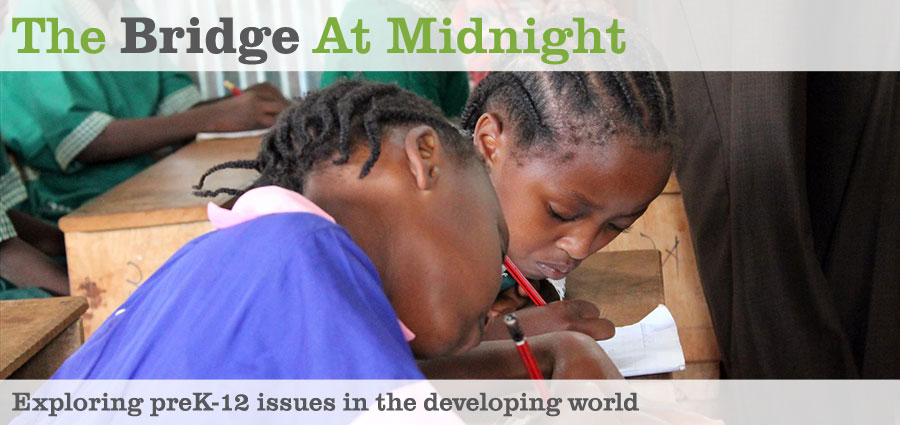Tracking In India
Posted: January 23rd, 2015 | Author: Michael Goldstein | | 2 Comments »
In my first post on this blog back in July 2013, I wrote about meeting MIT economist Esther Duflo.
I noticed today she co-wrote an Op-Ed for the Indian Express, with colleague Rukmini Banerji. It’s called Let’s Remake The Classroom.
The basic idea?
Take all the kids in Grades 3, 4, 5; reorganize them into reading groups and math groups for some of the school day; teach lessons slated to the “right level” of the kids.
That way, a top 3rd grader is with other strong pupils getting “the right level” of challenge. Similarly, a struggling 5th grader would have an hour to be with other strugglers, and therefore also “at the right level.”
In the US context, this is called tracking, and much ink has been spilled (including by me) to argue the merits and challenges with this approach.
In the Poverty Action Lab, Duflo and her colleagues don’t debate things so much as they empirically measure them.
From the Indian Express:
Two recently concluded randomised evaluations of “teaching at the right level” in Haryana and Uttar Pradesh provide promising insights into how this model can be scaled up successfully within a government school system.
In Haryana, 400 schools participated in an intervention implemented by the government and supported by Pratham in 2012-13. Students enrolled in Classes III, IV and V in 200 of these schools were randomly assigned to this model. Students in the selected schools were re-organised by their reading level and taught for one hour each day using level-appropriate materials and methods. The programme was implemented by trained government teachers during school hours, while block- and cluster-level education officials monitored implementation and provided ongoing academic support to teachers. At the start of this programme, only 34 per cent of students were able to read a simple paragraph or story. Upon completion, this number jumped to 53 per cent for students in schools that participated as compared to only 48 per cent for students in schools that did not participate.
Bridge team — thoughts on this? Something we might experiment with to see if we can reproduce those gains for our pupils?


I LOVE this. I think it makes sense. I think it allows for more strategic positioning of high performing teachers- beyond just which age or subject they teach. I think it sets the stage for kids to push each other in a good way, for kids to build confidence by the mere fact that they can actually follow along everyday (if they choose to). Sitting in a classroom where you don’t understand most things can be demoralizing not to mention a waste of learning time. I think its especially good for unilingual schools with loads of EAL kids. I’d love to know more about the fluidity between the groupings in Haryana schools. How frequently were teachers able to move kids between groups to account for how fast/slow kids made progress? I’d also love to know how teachers were placed with a particular group- random? their choice? principal choice? study’s choice?
this system has in India “the rishi valley school” for years they call it LADDERS and it is fairly successful